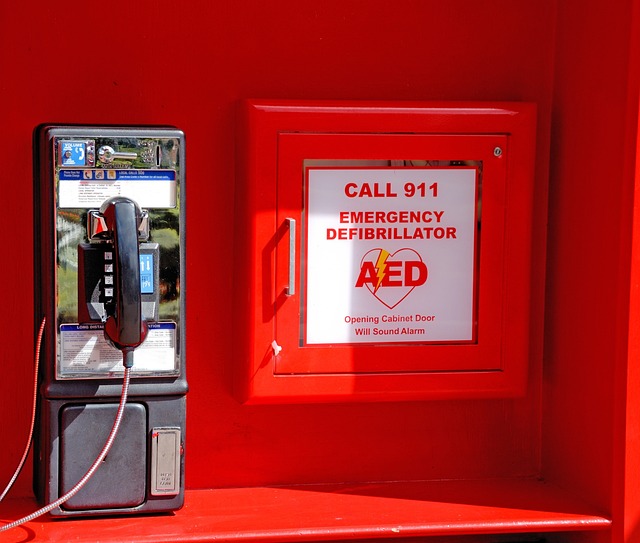Managing Fatigue and Maintaining Alertness on Late Shifts
Working the late shift presents unique demands for drivers and logistics teams. This article outlines practical strategies for managing fatigue, maintaining alertness, and preserving safety while operating overnight. It covers route planning, vehicle maintenance, scheduling practices, health and sleep habits, communication and security, and readiness for emergencies to support safer operations on night shifts.

Working at night challenges human circadian rhythms and requires specific strategies to keep drivers alert and operations safe. Fatigue affects reaction time, decision-making, and situational awareness, and it interacts with logistics pressures like tight routes and fuel stops. Addressing these risks requires coordinated measures across scheduling, vehicle maintenance, communications, health practices, and emergency planning. The following sections offer practical, evidence-aligned approaches that drivers, dispatchers, and fleet managers can adapt for overnight operations without implying job availability or specific offers.
How does overnight work affect fatigue and alertness?
Nighttime driving shifts the body’s sleep-wake cycle, increasing the risk of drowsiness due to circadian lows and reduced daytime sleep quality. Drivers commonly experience slower reaction times, microsleeps, and reduced vigilance during the early morning hours. Fatigue is cumulative: shorter or fragmented sleep between shifts compounds impairment. Mitigation starts with recognizing warning signs — yawning, head nodding, difficulty focusing — and with organizational policies that prioritize rest opportunities, reasonable shift lengths, and fatigue risk management. Education about controlled napping, caffeine timing, and sleep hygiene helps individuals maintain alertness when working overnight.
What route planning and logistics reduce fatigue risks?
Thoughtful route planning reduces cognitive load and stress on drivers. Design routes that limit long uninterrupted blocks of monotonous driving, allow predictable rest opportunities, and include known safe locations for breaks and refueling. Staggered drop-off windows, realistic time allowances, and clear expectations reduce the pressure to speed or skip rests. Use telematics and route-optimization tools to balance efficiency with driver wellbeing, and ensure drivers can communicate delays or hazards that might require on-the-fly adjustments. Coordination between logistics planners and drivers is essential to align operational goals with safety.
How can maintenance and vehicle checks improve safety at night?
Regular maintenance ensures lights, brakes, tires, and heating/ventilation systems perform reliably in low-light conditions. Proper lighting and clean windshields are especially important for nighttime visibility. Pre-shift walkarounds and standardized checklists help catch issues before they become safety risks. Fuel planning is also part of maintenance: map fuel stops on longer overnight routes and maintain reserve fuel margins to avoid unscheduled stops in high-risk areas. A vehicle that’s predictable and well-maintained reduces driver stress and cognitive workload during overnight operations.
What scheduling and communication practices support alertness?
Scheduling that respects circadian recovery is central to managing fatigue. Limit consecutive overnight shifts where possible and build predictable patterns so drivers can plan sleep. Allow flexible windows for breaks and encourage short restorative naps during long stretches of driving if safe and legal. Clear communication channels — including check-ins, status updates, and emergency contacts — help drivers feel supported and reduce isolation. Policies that permit reporting fatigue without penalty encourage safer behavior and more accurate assessments of system-wide risk.
How do health, sleep habits, and training contribute to safer shifts?
Individual health and sleep practices matter for sustained alertness. Encourage drivers to prioritize consistent sleep routines where feasible, to create a dark, cool, and quiet sleep environment during the day, and to avoid heavy meals or alcohol before sleep. Training on sleep hygiene, caffeine strategies, and recognizing fatigue signs empowers drivers to manage risks proactively. Occupational health resources — such as access to guidance on sleep disorders or stress management — add resilience for shift workers. Employers should avoid suggesting medical diagnoses and instead offer referrals to qualified healthcare professionals when concerns arise.
How should fuel, security and emergency readiness be handled overnight?
Emergency planning and security measures are critical for overnight operations. Establish clear protocols for breakdowns, accident response, or unexpected route changes, and ensure drivers have access to reliable communication tools and emergency contacts. Identify well-lit, secure locations for mandated rest breaks and refueling, and share this information with crews in advance. Regularly update contingency plans to address regional risks like severe weather or local security concerns. Training on basic emergency procedures and ensuring drivers can summon assistance quickly supports both safety and confidence on late shifts.
In summary, managing fatigue and maintaining alertness on late shifts requires a layered approach: align scheduling and route planning with human limits, keep vehicles and fuel strategies reliable, maintain robust communication and security protocols, and support driver health and training. These measures reduce risk, improve operational stability, and help drivers maintain vigilance during overnight duties without implying specific job openings or offers.





